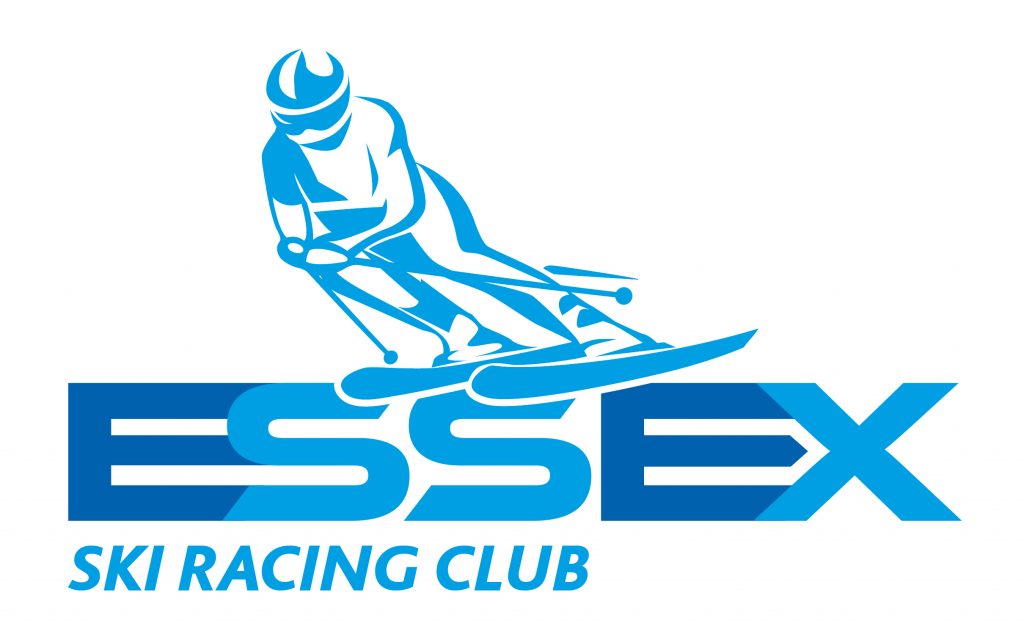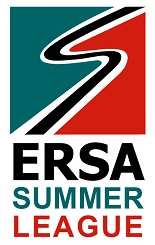
Once you have followed the information given on the Essex Membership Information page, this page will give you all the basics that you need to know, to have a successful and fun career in ski racing:
- Attending Race Training
- Entering races
- Purchasing Club clothing
- Equipment recommendations
- Ski servicing recommendations
Attending Race Training
In order to ensure that you can get the best out of your training session, it is suggested that you arrive 10-15 minutes before the session starts. Upon arrival, please check in with reception and then get your kit on, if you don’t have your own equipment, then the slope can lend you equipment for the session.
As well as ensuring you come wearing long sleeves and full length bottoms and full finger gloves, it is also recommended that you bring a water bottle for the duration of the session.
Entering Races
To enter a race, you have three different levels, depending on the race. Below is a summary of how to enter, but of course, any member of the committee will be happy to help.
ERSA have also published some good advice for new racers. http://www.ersa.co.uk/key_points_for_new_racers
Different races and how to enter each type:
Type of race: Club Races
Entry level races held at Brentwood Ski Slope on a Saturday afternoon. These are designed to teach athletes how a race day runs, yet fiercely competitive by our top athletes.
How to enter:
To enter the Club Race you must go on CLUB RACE ENTRY SYSTEM.
Login with your email address and password.
Type of race: Regional Races
Entry level races that are run around the region at different slopes. Generally speaking all within two hours traveling distance from the Brentwood Ski and Snowboard Centre. Normally arrive around 8am and finish approximately 6pm. Consist of individual runs in the morning and dual slalom in the afternoon.
How to enter:
Entry for the regional races needs to be completed on the website before the deadline, normally mid way through the week before. Instructions can be found on the website on the step by step process.
ERSA regional races: http://www.ersa.co.uk/online_registration
LSERSA regional races: http://www.lsersa.org/races.html
Type of race: National Races
These are the next level of races for our athletes. They are open for the following age groups; U10, U12, U14, U16, U18, U21, Seniors and Masters. U10 and U12 will not be seeded nationally for these races. They vary in location up and down the country. Club nationals are the place to start, building up to GBR races and then Championship races.
How to enter:
Entry deadlines can vary from race to race for national races. Information and invites for each of the races can be found here:
To enter these races, you will need to be a registered athlete with Snowsport England and then enter each race through this website:
https://entries.snowsportengland.org.uk
Purchasing Club Clothing:
We have a range of club clothing that is available for all our paid members and parents/carers. We actively encourage all our athletes to wear the club clothing during both training sessions and races to help show their support of the club.
Clothing is available from Birds of Dereham. Below is the link to the club page:
Equipment Recommendations:
Purchasing ski equipment can be a costly experience, so getting the right equipment at the right stage is really helpful and cost effective. Before you purchase any equipment, we strongly recommend you discuss any purchases with the coaches and also other parents as they may have second hand equipment at discounted rates.
If you have no equipment and are just starting ski racing?
Below are the things that we would recommend you purchase first:
- Helmet-should be fitted by a ski shop for racing and FIS approved. A chin guard for slalom is always a solid investment. Helmet regulations link Click here for image
- Back protector- should be fitted by a ski shop for racing. A range of different options available, but a poorly fitted one is not what you want! Click here for image
- Ski boots- Younger children will need boots which are low in “flex” e.g. 50 flex. Ideally 3-4 buckles will be suitable for racing, although initially they don’t need to be race boots, a good recreational boot will be sufficient. Click here for image
If you have been skiing for a while and are looking to invest in equipment?
Below are a list of equipment we would recommend you purchasing next:
- Race skis- The 3 critical factors are the length, radius and amount of edge remaining. Click here for image
- The length should be between chin and the nose – just ask one of the coaches at the end of the session and they will advise you of the most appropriate length.
- With regards to radius, most recreational skis will not be suitable for racing. Skis need to be slalom (or ‘SL’).
- For developing racers, the sharpness of the edge is not as critical as it is when they become more competitive or heavier. Once this happens, the edges get sharpened on a regular basis until such time as there is no edge left. So before buying any second hand skis, please check with an experienced racer/parent or coach that there is adequate edge left on the skis.
- Ski poles– don’t need to be “race poles” but do need to be straight, slalom poles. Although they don’t need to be “race poles”, these poles are less likely to bend and snap. Click here for image
- Hand guards- needed to protect hands when hitting the poles, these need to be relevant to the poles. Some poles require a specific hand guard. Often you have an option of a “full guard” or a “half guard”, this is down to personal preference. These are normally only required as technique improves. Click here for image
- Leg guards- needed to protect knees and lower leg against hitting the poles. Many different types and styles, this comes down to personal preference. These are normally only required as technique improves. Click here for image
Ski Servicing Recommendations:
New to ski servicing?
Below is a minimum list of equipment that is needed to help tune and extend the life of the skis you have purchased:
- Edge tuner- A fixed edge angle tuner such as the Ski Man Racing Guide Plus 89 is an excellent starting point for sharpening edges. Angles can vary but anything from 88 to 90 degrees is fine. The lower the angle, the sharper the edges, but needs more regular attention. Click here for image
- 2nd cut file- Need to get the skis sharp when particularly blunt, but should not be used every time. Click here for image
- Fine cut file– Used most times to keep skis sharp. Click here for image
- Brass brush- Used to clean base from dirt etc before waxing. Click here for image
- Nylon brush- Used after waxing and scraping to finish bases. Click here for image
- Horse hair brush- Used as a final brush after waxing and scraping to finish the bases. Click here for image
- Plastic scraper- Removes wax from bases once it has been applied. Click here for image
- Brake retainers- Keep brakes held in the up position when servicing. Click here for image
- Soft wax also known as base wax – Used if ski bases are dry or for new skis
- Hard wax- Also known as Swix CH4 or Dry Slope Mat Wax
- Ski iron- Gets hotter than a traditional iron. Click here for image
Looking to invest further in ski servicing?
- Roto brushes-Attachment for a drill. Click here for image
- Diamond files-Polishes edges Click here for image
- Ski bench-Makes ski prep much easier. Click here for image
- Vices for bench-Makes ski prep much easier. Click here for image
All the above are available from ski racing specific retailers such as Ski Bartlett and Ski Racing Supplies. As a member of the ESRC, a Club discount is applied to certain products.
![]()


